- Home
- Machining techniques
- CNC Machining Services
- Cooperative supply services
- Designs
- Materials
- Finishing Services
- Shop
- Products
- Guide
- About Us
- Contact Us
2021.1.27
Manufacturing is evolving to satisfy the needs of consumers and high-standard products. Often this means that machine workshops need to adjust their approach to standard measures or procedures, and how they set up to handle parts that they could have manufactured on a daily basis. The emergence of very hard specialist alloys and composites has been extremely important for machine shops: Dies and molds or energy machine parts.
Machining hard materials take precise attention to the nature of procedures and equipment in order to produce the desired outcomes and performance levels. No matter how desirable it may be in terms of the final product’s efficiency, certain harder materials demand particular methods and the outcomes may be less than satisfactory if the proper measures are not taken during implementation.
At the same time, the shop is at risk of increasing the quality of cutting devices effective metal machining for hard materials starts with sensible tool selections. The tools must be rigid and provide high accuracy, and the tools must be adapted to the various steps of the operation and the geometry of the workpiece.
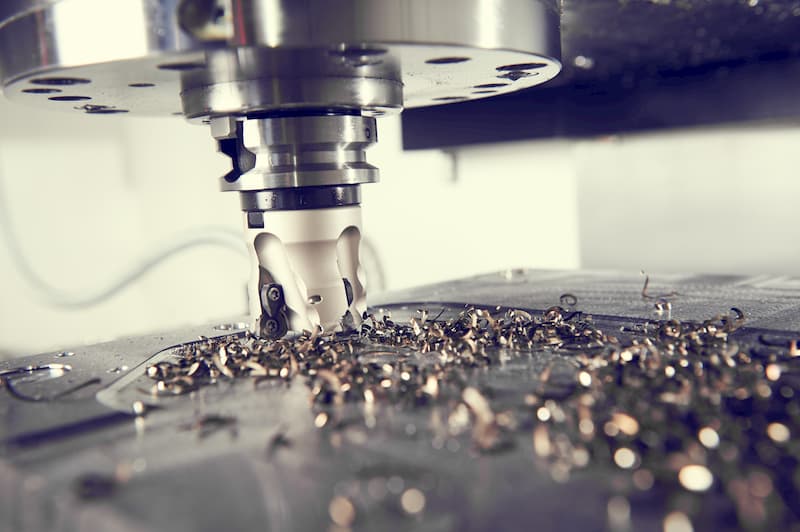
Ball end mills are a decent approach to roughing and finishing hard materials. With their broad working radius, the ball end mills help to distribute both heat and force, which decreases the probability of deformation of the workpiece. They allow the operator to get close to the target net shape at a high running speed.
Hard material workpieces with smooth and large floors advantage from bullnose tools. However, the exchange is that their narrower radius would not disperse heat, and is more likely to cause chipping.
Square end mill, pieces with sharply pointed corners in which the wall reaches the floor will likely get the best possible outcome with a square end mill. This is probably the only time using it. However, since it appears to concentrate rather than diffuse heat and force.
It is prudent to choose the soft machining technique during the roughing process. This involves starting work for materials that have not yet been heat treated. In this kind of annealed status, the object is softer and easier to operate on. Allowing you to reduce the tension on a dye, mold, or other hard material items. You will make the most of the roughing stage and minimize the necessary finishing work by choosing quick tool path patterns that extract a lot of material easily. The adaptive clearing is suitable for this and is a good alternative for dealing with super-elements, reinforced concrete, and other heavy objects, such as iron. Care to count the flutes as well. End mills with at least 4 flutes are perfect for roughing hard products, but 4~8 would further enhance the performance.
Without careful regulation of temperature and vibration, you risk compromising the precision of your tools. As extreme heat threatens to alter the morphology of the workpiece surface, the first approach in temperature regulation is to use cutting fluid to offer lubrication and extract loose chips. Mineral oils and emulsifiable oils are the best methods. Only make sure there’s no supply disruption while you’re running. The shortage of coolant will shorten the service life of your tools.
And if you did the roughing on the hard material when it was in its annealed condition. The finishing process occurs after heat treatment. As with the temperature control, the fine-tuning of the finishing steps needs the attention of your stepovers. Use the raster pass technique to complete your hard material workpieces. Hardened materials are quite sturdy, but they can be fragile without the correct finishing technique. In the raster passes, the cutting tool intersects with the parallel vertical outlines that you have formed in the roughing stage, ensuring high accuracy and high-quality surface finishes without the material succumbing to its fragility. With the suitable method to machining hard materials, it is achievable not only to obtain high accuracy and appealing outcomes but also to improve the service life of your machines.
That’s all the 6 ways to improve your workpiece when machining hard materials and click HERE to see more elaborate details of this tutorial.
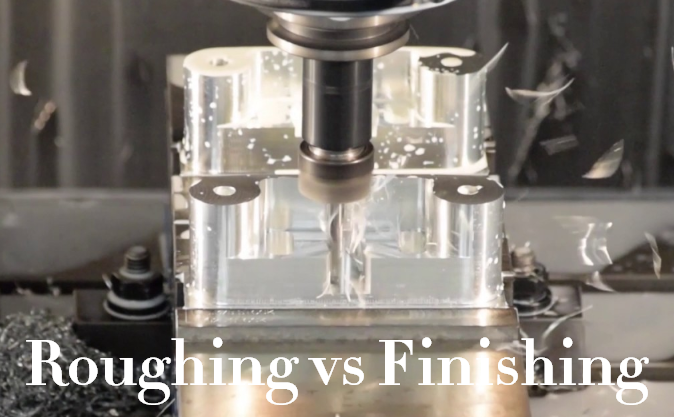 What is Roughing in Machining – Difference Between Roughing and Finishing | CNCLATHING
What is Roughing in Machining – Difference Between Roughing and Finishing | CNCLATHING
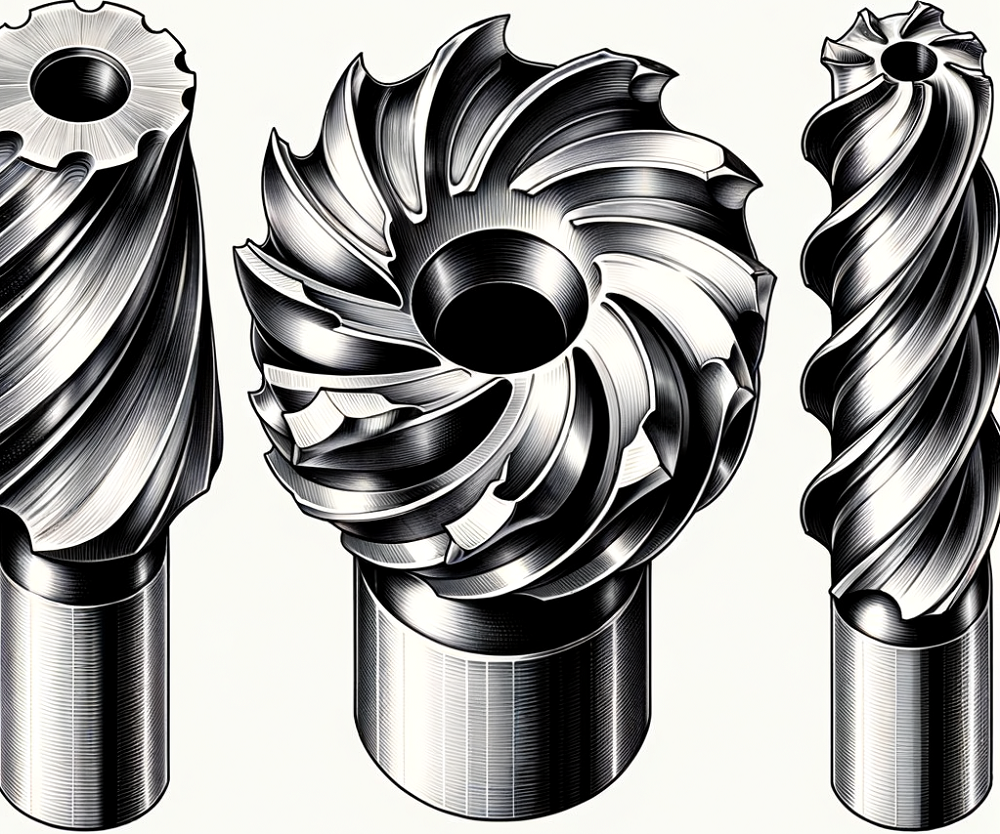 Face Mill vs Shell Mill vs End Mill Cutters: Differences & When To Use Each Milling Cutter?
Face Mill vs Shell Mill vs End Mill Cutters: Differences & When To Use Each Milling Cutter?
 Spring Material Types (Properties, Grades, Uses) & Best Selection for Your Project
Spring Material Types (Properties, Grades, Uses) & Best Selection for Your Project
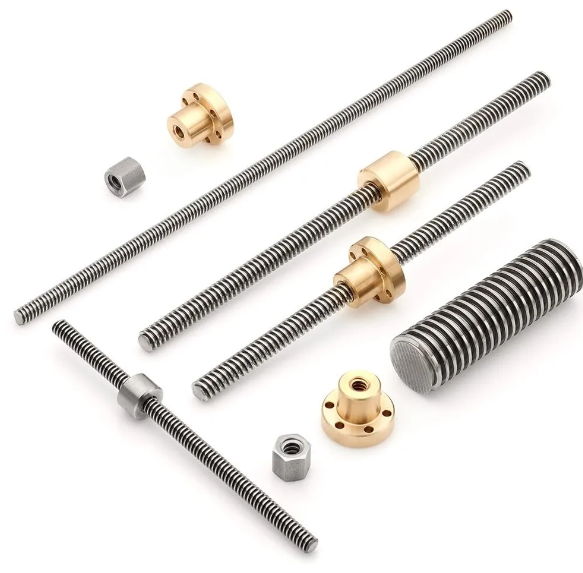 Ball Screw vs Lead Screw, What’s the Difference Between Them
Ball Screw vs Lead Screw, What’s the Difference Between Them
 How to Convert Precision Milling Machine Into CNC Milling | CNCLATHING
How to Convert Precision Milling Machine Into CNC Milling | CNCLATHING
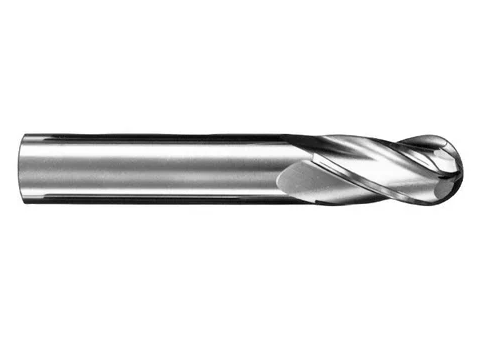 Ball Nose vs Flat End Mill – Ball Nose End Mill Speeds and Feeds
Ball Nose vs Flat End Mill – Ball Nose End Mill Speeds and Feeds
